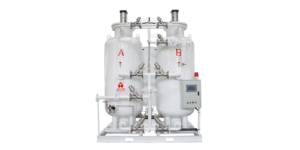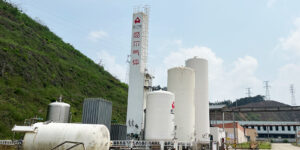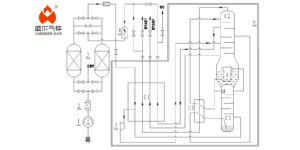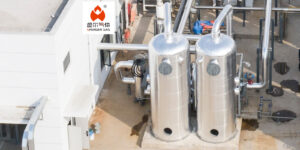Air separation technology is an integral part of modern industry, involving the extraction of oxygen, nitrogen, and other gases from air. These gases play a crucial role in various industries ranging from healthcare and metal processing to food and beverage. Effective air separation not only improves the efficiency of these industries but also contributes to environmental protection and sustainable development. Currently, the main air separation technologies include cryogenic air separation, Pressure Swing Adsorption (PSA), and membrane separation. We will delve into their working principles, advantages, disadvantages, and practical applications.
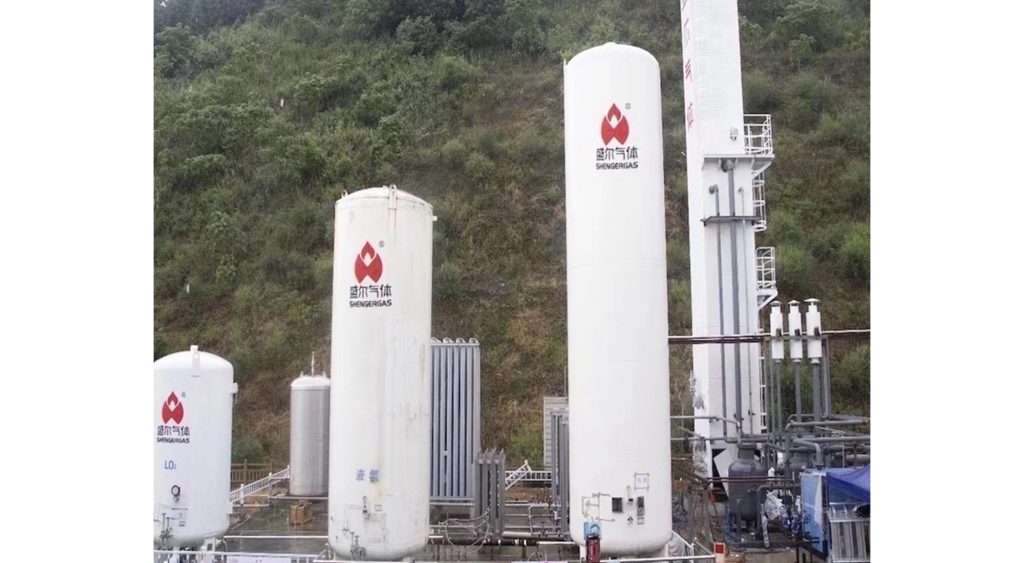
Cryogenic Air Separation
Cryogenic air separation is a method based on the principles of gas liquefaction and distillation. This method involves compressing and pre-cooling air, then distilling it at extremely low temperatures to separate the different gas components. Cryogenic air separation technology can produce high-purity oxygen, nitrogen, and rare gases, suitable for large-scale industrial applications. Its main advantage is the continuous supply of large quantities of high-purity gases. However, this technology faces challenges such as high construction and operating costs, as well as the need for complex equipment. Moreover, the energy consumption of the cryogenic air separation process is relatively high, which may be a significant consideration in energy cost-sensitive applications.

Pressure Swing Adsorption (PSA)
Pressure Swing Adsorption technology separates specific gases from air through the principle of physical adsorption. This process typically uses molecular sieves or other adsorbents to alternately adsorb and desorb gases at different pressures. PSA technology is particularly effective in producing high-purity nitrogen and oxygen, making it suitable for medium and small-scale applications. Its main advantages include lower operating costs, smaller equipment footprint, and flexible operating conditions. However, PSA efficiency decreases when dealing with high gas flow rates, and the purity obtained may not match the level provided by cryogenic air separation. Additionally, the lifespan and performance of the adsorbents are key factors limiting the further development of PSA technology.
Membrane Separation Technology
Membrane separation technology uses semi-permeable membranes to separate different gas molecules. These membranes allow specific gas molecules to pass through while blocking others, thereby achieving separation. The advantages of membrane separation technology include simple equipment requirements, low energy consumption, and ease of maintenance, suitable for small-scale and remote applications. However, challenges faced by this method include membrane selectivity and durability. Efficient membrane materials are key to achieving high separation efficiency and purity, but these materials are often costly and may degrade over time. Therefore, compared to other methods, membrane technology may be less economical or effective in certain applications.
Integrated Applications and Future Trends
Cryogenic air separation, PSA, and membrane separation technologies each have their advantages and disadvantages. The choice among them depends on the required gas purity, output, cost considerations, and energy efficiency of the specific application. With technological advancements and the growing demand for environmentally friendly industrial processes, these air separation technologies continue to evolve to improve efficiency and reduce costs. Future research may focus on enhancing the energy efficiency of various methods, reducing operating costs, and developing new, efficient adsorbents and membrane materials.
Air separation technology plays a vital role in many industrial processes, with cryogenic air separation, Pressure Swing Adsorption, and membrane separation being the most important methods. The choice and application of these technologies depend on specific needs and cost-benefit analyses. With the emergence of new materials and technologies, we can anticipate continuous progress in air separation technologies, providing more effective and sustainable solutions for the production and utilization of industrial gases.



